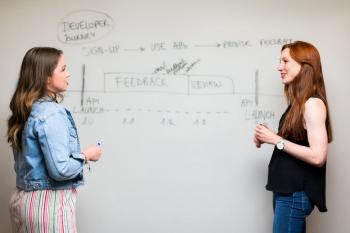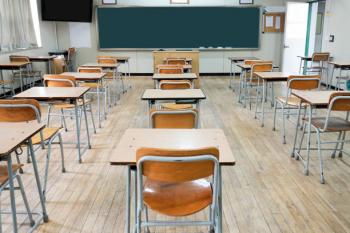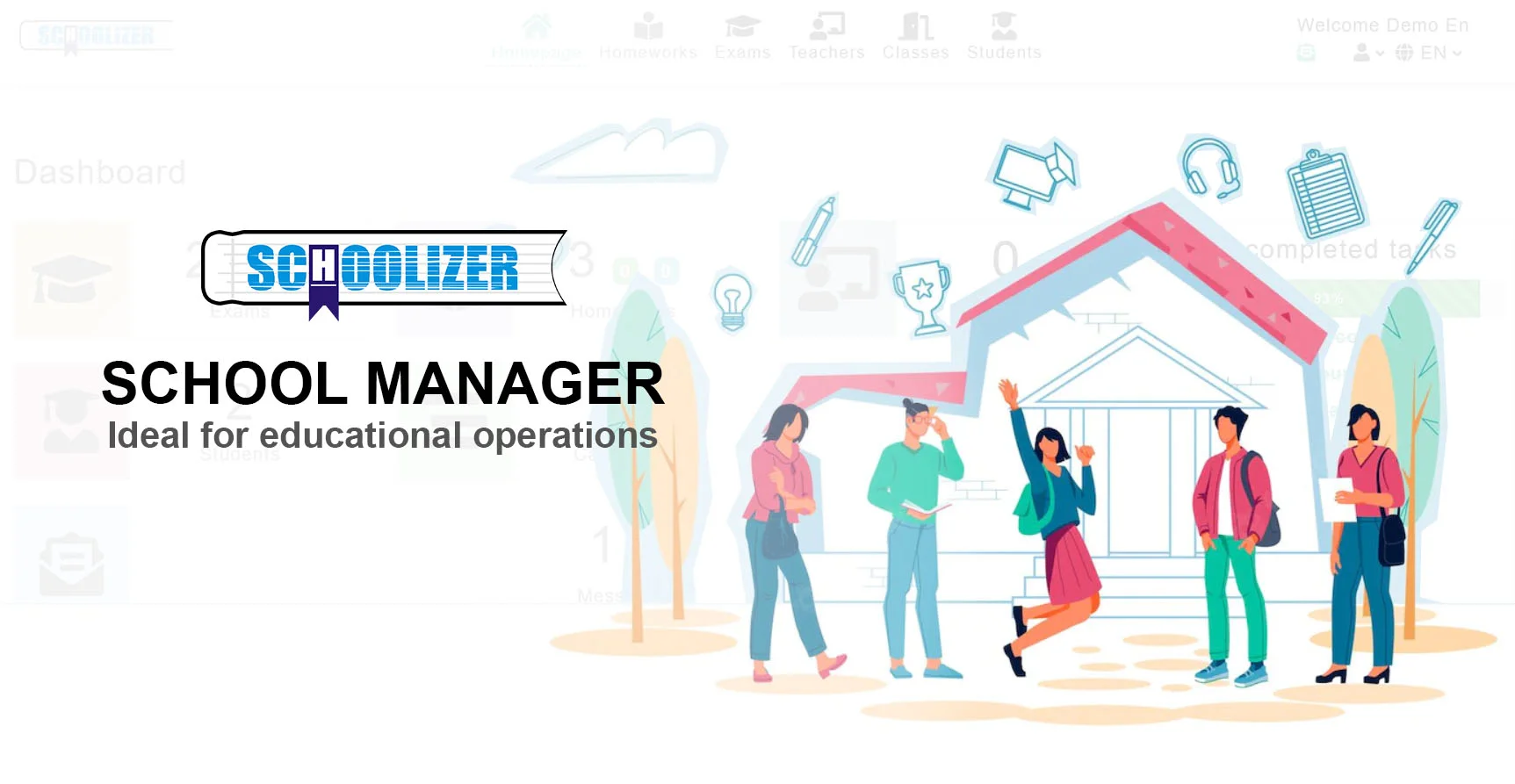Teaching Smarter, Not Harder: 6 Powerful Strategies for Performance Teaching

Teaching Smarter, Not Harder: 6 Powerful Strategies for Performance Teaching
What if teachers could achieve better results without burning out? Why do some educators excel while others struggle? How can modern teaching strategies transform classroom performance? In an era where education is rapidly evolving, adopting performance teaching techniques is no longer optional—it's essential. This article explores six research-backed strategies to help educators teach more effectively while working efficiently.
1. The Power of Micro-Learning
Micro-learning breaks complex topics into bite-sized, digestible chunks. Instead of overwhelming students with lengthy lectures, this approach focuses on delivering content in short, focused segments. Research shows that the human brain retains information better when presented in small doses with frequent reinforcement.
Practical application: A high school biology teacher might divide a lesson on cellular respiration into three 10-minute segments: (1) glycolysis basics, (2) the Krebs cycle, and (3) electron transport chain—each followed by a quick interactive quiz. This keeps students engaged and improves long-term retention.
2. Strategic Questioning Techniques
Questions are the engine of critical thinking, yet most classrooms underutilize their potential. Performance teaching emphasizes strategic questioning that stimulates higher-order thinking rather than simple recall. The Socratic method, wait time, and tiered questioning are particularly effective.
Real-world example: Instead of asking "What year did World War II end?" (fact recall), a history teacher might ask, "How might European geopolitics be different today if WWII had ended in 1943 instead of 1945?" This prompts analysis, evaluation, and creative thinking.

3. Data-Driven Instruction
Leveraging Analytics for Personalized Learning
Modern educators have access to unprecedented amounts of student performance data. The key is transforming this data into actionable insights. Performance teaching involves regularly analyzing assessment results to identify learning gaps and adjust instruction accordingly.
Practical application: A math teacher notices through weekly quizzes that 60% of students struggle with quadratic equations. Instead of proceeding with the planned curriculum, she dedicates two additional class periods to targeted remediation, using differentiated exercises based on each student's specific misunderstandings.

4. The Art of Scaffolding
Scaffolding provides temporary support structures that help students reach higher levels of understanding than they could achieve independently. Effective scaffolding gradually reduces support as students develop competence—much like removing training wheels from a bicycle.
Example in action: An English teacher introducing literary analysis might first provide a complete sample essay, then a template with sentence starters, then just an outline, before finally having students write independently. This structured approach builds confidence and skills simultaneously.

5. Cognitive Load Optimization
Managing Mental Bandwidth
Cognitive load theory suggests that working memory has limited capacity. Performance teaching carefully designs lessons to avoid overwhelming students' mental processing capabilities. This involves eliminating extraneous information, sequencing concepts logically, and using multimedia principles effectively.
Practical tip: A science teacher creating a PowerPoint about photosynthesis would avoid crowded slides with multiple competing visuals. Instead, she might use simple diagrams with progressive reveal animations and concise narration—reducing visual clutter while enhancing understanding.

6. The Feedback Flywheel
High-impact feedback is specific, timely, and actionable. Performance teaching transforms feedback from a one-way critique into an ongoing dialogue that propels learning forward. The most effective feedback focuses on the task (not the student) and provides clear next steps.
Real implementation: Instead of writing "Good job! B+" on an essay, an effective teacher might highlight two specific strengths ("Your thesis statement clearly addresses the prompt, and your use of transitional phrases improves flow") and one growth area ("Try incorporating more primary source evidence in your next draft to strengthen your argument").







